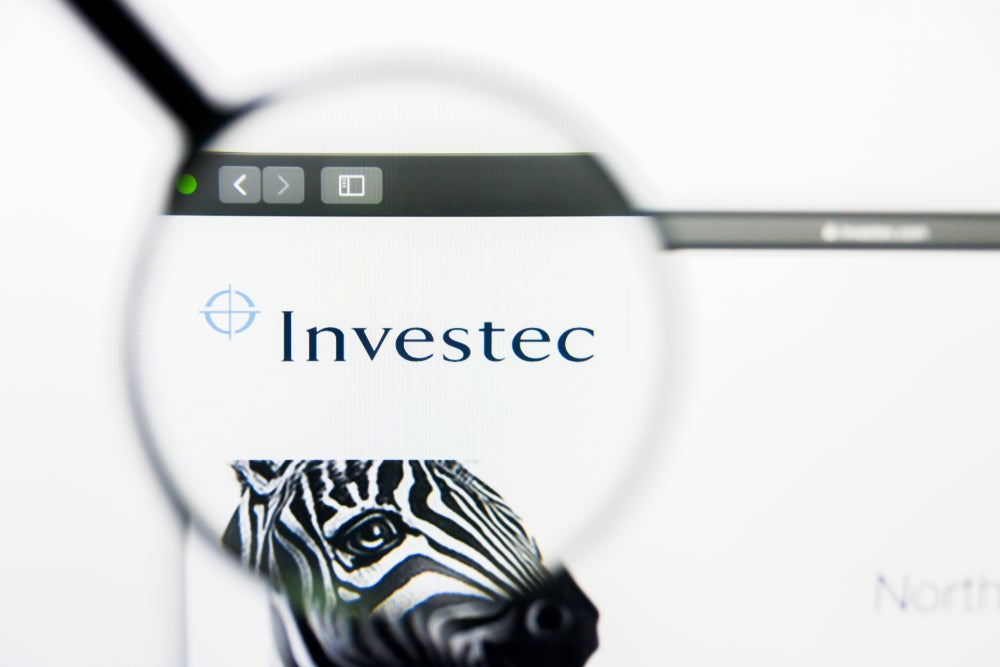After launching two years ago, Click & Invest by Investec has become the latest robo-adviser to be terminated. Players should take note of where Investec went wrong.
In an increasingly crowded industry, competitive fees and a transparent service proposition are key. Investec’s Click & Invest robo-adviser originally required an initial investment of £10,000, which is considerably more expensive than other robo-advisers in the UK. This limited its target market, excluding small-scale investors eager to invest their limited amount of spare income.
As per GlobalData’s Investor Insights: Channel Selection Analytics, 9.3% of UK investors have made use of a robo-adviser but only 1.6% regard it as their primary investment channel. This suggests investors want to test the waters before diving in.
A small initial investment threshold makes this possible. Investec eventually reduced the minimum deposit to £2,500 in January 2019. This was a step in the right direction, yet ultimately some UK players require as little as £1 to begin investing.
Another deciding factor for consumers is fees. Investec’s were on the higher end, averaging 1.25%. Other robo-advisers operating in the UK charge less than 1%.
Competition in the robo-advice space remains fierce as financial planners within a bank or independent financial adviser remain the go-to for arranging investments. A strong brand can help with client acquisition, but it will not be enough for the product to be long-lasting. Providing a level of service that meets the needs of the masses at a price they can afford will be key. This is where Investec fell short.
Despite Investec’s statement about the closure suggesting that “the market itself is growing at a much slower rate than expected,” demand for robo-advice will continue to pick up as younger consumers grow their wealth. In 2017, 1.1% of Generation X regarded a robo-adviser as their main investment channel. This proportion had almost doubled 12 months later.
Although it may take time for robo-advice to cement itself in the wealth industry, it is definitely here to stay. Incumbents and start-ups should capitalise on the growing demand, especially by targeting the digitally-savvy next generation.
However, with so many options out there already a big brand is not enough. To succeed, players must provide the right price and a high level of service, while having a strategy for expansion in place.










